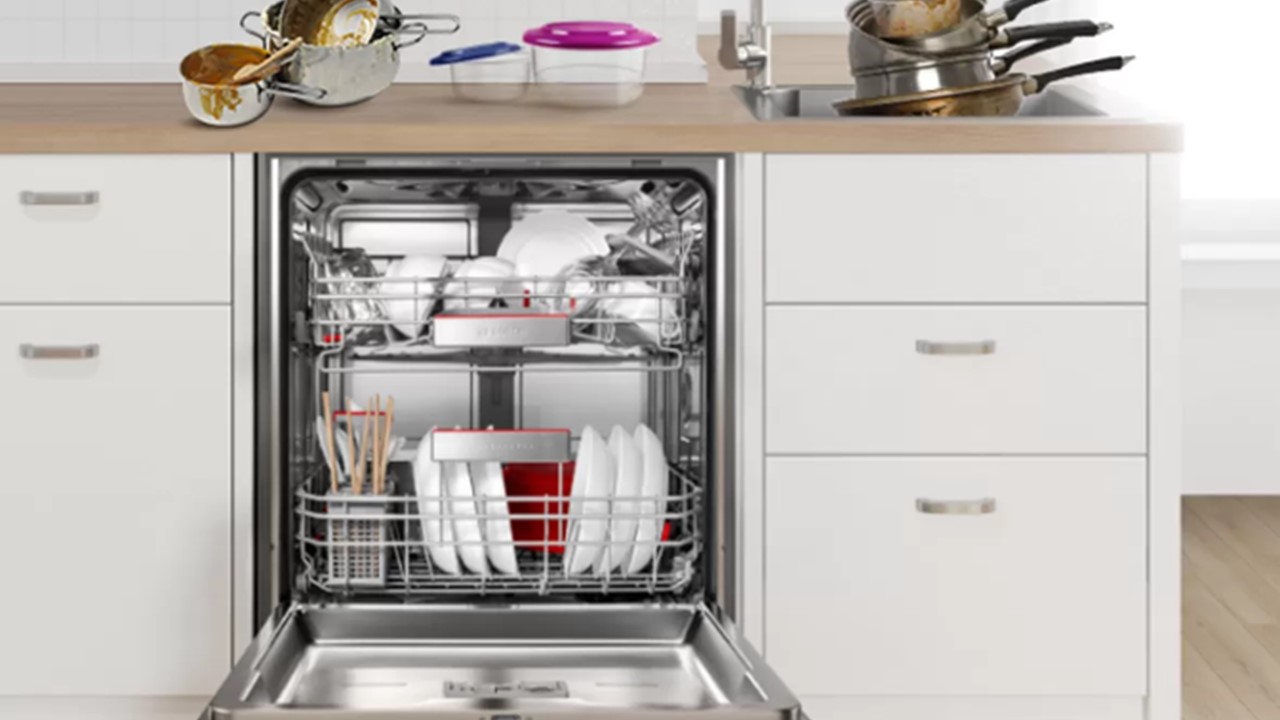As the old joke goes, if it isn’t, marry a new
one! Ba dum tiss (that was a cymbal, by
the way.)
A dishwasher, as in the appliance, is one of
life’s little luxuries. Once you have
had one, is there ever going back?
Especially after a big meal or when you have guests over.
This appliance has been around in some way,
shape or form for about 170 years. Joel
Houghton registered a mechanical device in 1850 in the US made from wood. With a crank of the handle, water would spray
on to dirty dishes. Did it work well?
Nope. In 1886, a woman named
Josephine Cochrane, who wanted to protect her china from breaking while being
washed, got together with her mechanic and developed a better model. This version was shown for the first time at
the 1893 Worlds Fair. It may surprise
you that the name of this invention that was released to the world was called
“Lavadora.” (It was changed
shortly after that to “Lavaplatos” due to copyright
infringement).
Many are familiar with the appliance
manufacturer, Miele. Miele was the first
to invent and manufacture dishwashers with electric motors in 1929.
At about the same time, the design of the
dishwasher also changed. The first
dishwasher to include many of the features they have today, such as front door
loading, wire racks and the rotating sprayer, was invented in 1924 by William
Livens.
By 1940, dishwashers started coming with
built-in drying elements. The building
of new homes with running water and indoor plumbing made it possible to
consider including this new-fangled appliance.
Granted, it was primarily in reach for the affluent.

Between the 1950s and 1970s, demand for
dishwashers continued to grow. Once
wall-to-wall countertop and standard height cabinets became ubiquitous,
dishwashers became familiar and expected in homes. By 2012, over 75 percent of households in the
US had dishwashers.
Most dishwashers in North America are a
standard size. (24 in/61 cm wide by 24
in/61 cm deep and 35 in/89 cm high.) If
space does not allow, dishwashers are also available that are portable and
smaller.
The dishwashers in North America feature an
inside housing unit that is either plastic or stainless steel. The racks inside where you place your dishes
are made with plastic. One of the
benefits of a stainless-steel housing unit is that it resists hard water and
can dry dishes quicker than plastic.
Some dishwashers come with hard food disposal
units that mean you do not have to pre-rinse your dishes. New dishwashers on the market today offer
wash cycles that are controlled by microprocessors and sensors. These components allow the wash duration to
adjust to the number of dirty dishes and the amount of dirt. These features result in water and energy
savings. Another recent enhancement is a
safety lock. This is something to
consider if you plan to rent your condo or casa when you are not using it
yourself. A child-lock on the dishwasher
prevents accidental starting or stopping, and more importantly, from opening
the door mid-way through a wash cycle of hot water and strong detergents.
Did you know that you can also use a dishwasher
for cooking foods? I cannot say I have
tried this, but some say that if you seal food in a canning jar or oven bag and
run it in your dishwasher, you can make dinner.
When surveyed, dishwasher owners say they use
their appliance for more than just cleaning their dishes. Dishwashers have been known to clean
sneakers, hairbrushes, toothbrushes, flip-flops, pet bowls, and garden
tools. None of these items are
recommended by manufacturers and sure to void any warranty. Quite the appliance!
Do you need appliances for your home in Puerto
Vallarta? Contact me at
sa.novak@solutionsmexico.com to buy right the first time! And, make sure to join our FB Group: Mexico Furniture and Décor for great ideas,
tips and inspiration!

